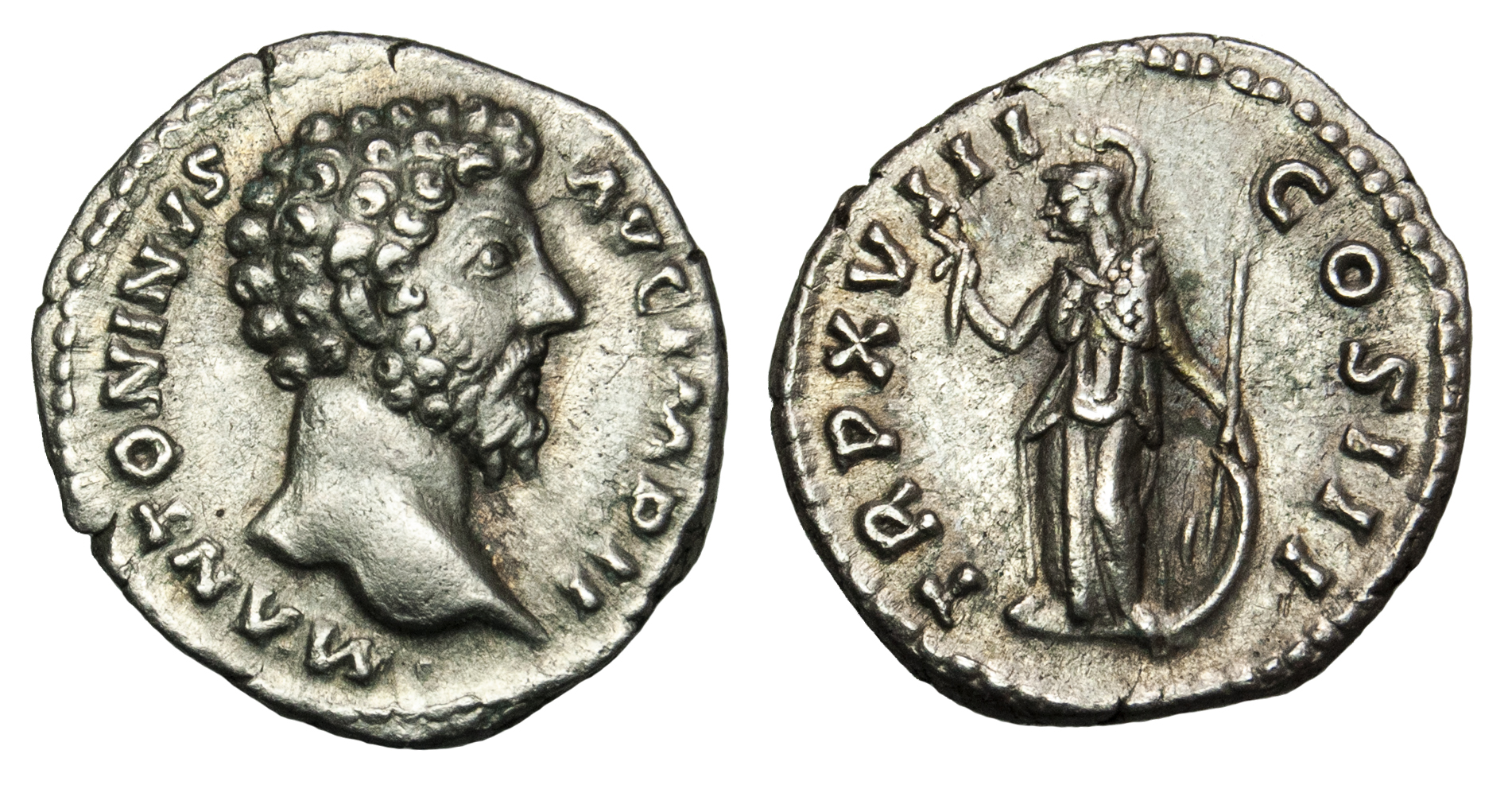
The Roman mint may have gotten sloppy with quality control on a few occasions, but it rarely allowed above-standard coinage to escape. If you ever found an ancient Roman silver coin that you had chemically tested and discovered it was much higher in fineness than it "should" be for that time period, my first assumption would be that it was a modern fake. The shock of Valerian's defeat and capture by the Sassanians caused financial collapse throughout the Empire, draining the treasury of silver and resulting in the fineness of Valerian's successors rapidly dropping below 10%. The silver was still good enough to "look silvery" right up to the reign of Valerian, though it was down to about 40% by this time. Like a nearly pure silver denarius from a time when historians tell us they were low purity. Especially after paying $100 for it since it would be like cutting up a $100 bill.īut I’m curious if they’ve ever found coins of higher purity than they’re supposed to be. It would be interesting to cut it open to study and learn in the name of science & history but I just don’t have the heart to ruin such an old coin. Definitely looks like at least 50% but I’m not sure if it’s like a silver wash on the surface with mostly copper in the core? That’s interesting because I have this Septimius Severus denarius coming tommorow and it looks like relatively pure silver. It began as a pure-as-ancient-technology-could-get silver coin, and was gradually debased, until then end in the late 200s AD when it was a small copper coin with barely a trace of silver in it.Īhh ok I wasn’t sure if my math was right so I appreciate your confirmation. The denarius shows an excellent demonastration of the effect of inflation on a long-lasting coinage type. Yes, your understanding (and your maths) is correct. If so I think it’s pretty cool considering that these heavier and higher purity denarii were only made for a very short period of 2 years according to the Wikipedia article below before reverting back to 2.57 grams of 79% said: That sounds about right assuming minimal wear and tear. Like if I took the coin to a refinery and had it melted down and refined to. If it was like 2.97 grams I would figure it’s just margin of error difference but I’m curious what happened with mine being so overweight compared to the standard denarius for the time.Īlthough I see now it says “actual silver weight” which I think means the amount of pure silver rather than the coin’s weight. Now I know that the minting techniques weren’t very precise but it seems like mine is outside the margin of error.

What’s really interesting is according to Wikipedia his denarius in 168 should’ve only weighed around 2.67 grams but mine weighs 3.37 which is nearly 25% larger than it should’ve been. So basically I know it was minted several years after co-Emperor Lucius Verus had died and during the middle of the Antonine Plague. "TRP XXIII" dates the coin to "mostly AD 169" (more precisely, from Dec 168 to Dec 169). Just some further info on your coin, that surprisingly isn't mentioned on the slab: it is in the minority of Roman coins, in having a precise date on it.


 0 kommentar(er)
0 kommentar(er)
